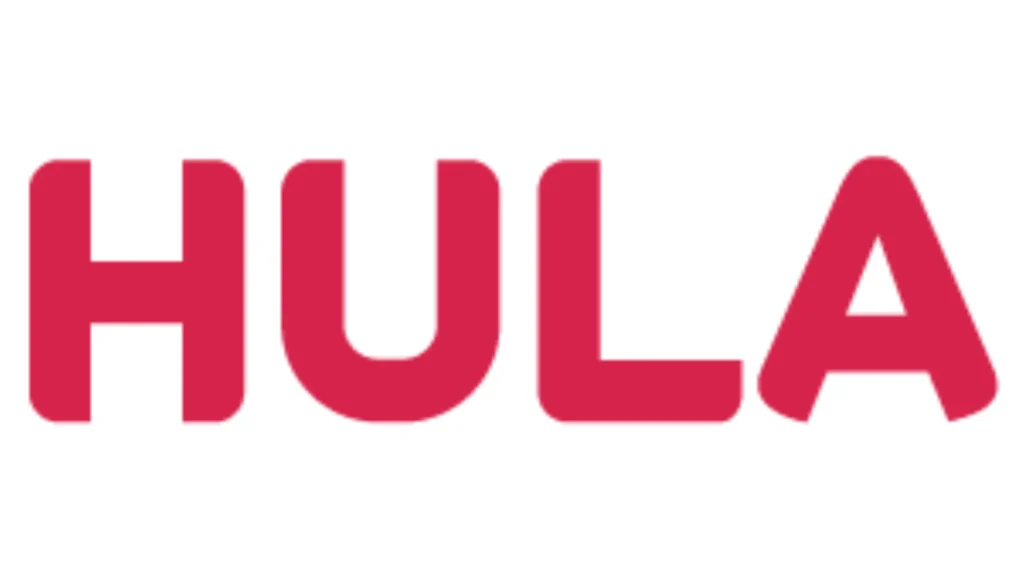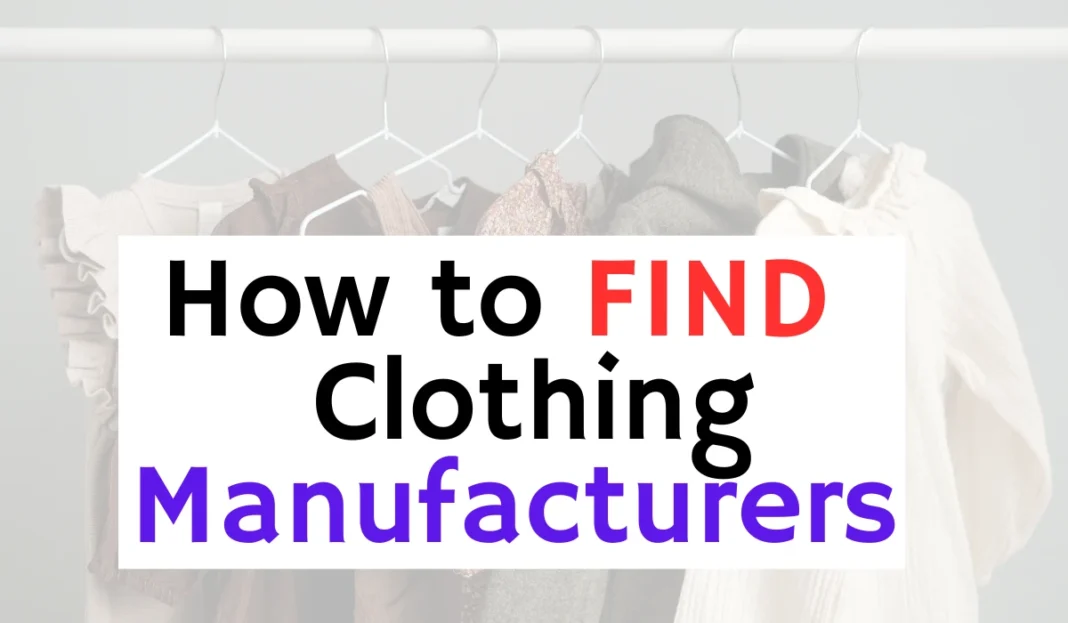Finding clothing manufacturers is often an arduous, costly, and time-consuming process. It requires finding a company in the right country. Then find out if they make the type of clothing you want to make and do it well enough to meet your standards. If they also have all the certifications you require, import/ export experience, and customer service that meets your needs, then it’s time to find out how much they charge per unit and what their minimum order quantity is.
We’ve compiled a list of things to consider while looking for a clothing manufacturer for your clothing brand.
Step-by-Step Guide to Locating Clothing Manufacturers
#1. Define Requirements
Before you start your search for a clothing manufacturer, it’s important to have a clear understanding of your requirements – this also includes tech packs and merchandising plan. Merchandising plan is your overall budget and it is very important to establish this basic information before you even start your search for a clothing manufacturer.
#2. Research Online
The internet is a treasure trove of information, if you know how to dig-down and go down the rabbit hole – you will definitely find several manufacturers. We already covered several clothing manufacturers by location here.
Our list of clothing manufacturers in Bangladesh covers over 50+ manufacturers and similarly we have list of clothing manufacturers in India and other places. Even our list of clothing manufacturers in Germany, clothing manufacturers in France and clothing manufacturers in UK are also very popular among the audience that is actively scouting clothing manufacturers.
#3. Supplier cluster (Top Down)
Every product category within the fashion & apparel industry tends to have a distinct cluster of suppliers. These clusters form around specific geographic regions or industrial zones where manufacturers specialising in particular types of clothing or materials are concentrated.
For example – women’s woven products have supplier cluster concentrated around Delhi region in India while printing, particularly Batik and hand / block prints suppliers are specifically concentrated around Jaipur whereas t-shirts & knitted products are in Tirupur. If you look at Holistically – all the suppliers will be from INDIA – but the devil is in the details. Depending upon the product type, the supplier cluster will significantly differ!
And this is just not true for India but for every little product that you are looking to source within the fashion & apparel category. For example – if you are looking for handbags made of vegan leather – then Italy is your supplier cluster.
Understanding supplier clusters can offer several advantages, including access to specialised expertise, reduced production costs, and streamlined logistics.
In order to tap into supplier clusters effectively, you need to top down approach and follow the following steps:
a. KYP – Know Your Product – Once you know the product, raw materials, fabrics – all the minor details of your product, you would know which supplier cluster to look for
b. Shortlist clusters – After you have figured out the details of your product type, then the next step should be to start researching the key manufacturing hubs relevant to your product type. Identify the regions known for producing the type of clothing or materials you require.
c. Go Local – Once you’ve pinpointed these clusters, explore local directories, trade associations, and industry networks to connect with potential manufacturing partners within these regions.
#4. Merchandising plan (Bottom-up)
The merchandising plan is essentially a bottom-up plan. We explore some points of merchandising plan in step#4 – How to start a clothing brand. A proper merchandising plan sets your overall budget. While preparing your merchandising plan, do not forget to download our merchandise planning checklist here.
#5. Outreach
Once you know what questions to ask a clothing manufacturer and you are ready with your merchandising plan. Here is how you can do your outreach.
#a. Digital Outreach :
This is somewhat a pray and spray method if you were to start your outreach from scratch. We suggest that you utilise online platforms and directories specifically designed for connecting fashion brands with manufacturers. Websites like Alibaba, Maker’s Row, and manufacturer.com allow you to search for manufacturers based on your specific criteria such as location, production capabilities, and minimum order quantities. Create detailed profiles outlining your brand’s requirements and preferences to attract suitable manufacturing partners.
#b. Offline Outreach:
Trade shows, industry expos, and networking events are invaluable opportunities to meet face-to-face with clothing manufacturers and establish meaningful connections. Some well known events are Magic sourcing in Las Vegas, Premier Vision in Paris, Texworld USA in New York, Coterie in New York, Pure London and many more.
Since these trade events are very localised in nature, we recommend that you research upcoming events in your area or within your niche and make plans to attend. Prepare well in-advance on what questions should you ask and carry reference samples of your designs, images, business cards, and a clear pitch outlining your brand’s vision and manufacturing needs.
#c. Ask for Intro’s:
Most industry professionals, even in the adjoining function have direct or indirect working relationship with clothing manufacturers. For example, you can ask a fashion designer to introduce you to clothing manufacturers in their professional circle. Similarly, marketing and PR agencies, merchandising and printing companies who work with clothing manufacturers in professional capacity in day-to-day activity can introduce you to their trusted clothing manufacturers.
This is pure-play word of mouth so you can be certain that the authenticity of the clothing manufacturer is already vetted.
#d. Business Networking:
Tap into your existing network of industry contacts, mentors, and advisors and ask for recommendations and referrals to reputable clothing manufacturers. Similar to ask for intro’s – this type of approach can actually give much better result than any online platform or trade events.
Hustle – Attend fashion industry events, join online forums and communities, and participate in professional associations relevant to your niche. Build relationships with industry insiders who can provide valuable insights and introductions to trusted manufacturing partners.
#e. Collaborate with Buying agents or Sourcing Consultants:
Consider enlisting the services of sourcing agents or consultants who specialise in connecting fashion brands with manufacturers. These professionals have extensive networks and expertise in navigating the manufacturing landscape, saving you time and effort in finding the right partner.
Research and vet potential agents or consultants thoroughly to ensure they understand your brand’s values and objectives. Ensure that their incentives are aligned with your brand’s success.
#f. Visit the Supplier clusters:
If possible, consider visiting manufacturing hubs or garment districts known for their concentration of clothing manufacturers. These supplier clusters should be relevant to your product niche.
Whether domestically or internationally, visiting these areas in-person allows you to directly engage with multiple manufacturers, observe their operations, and evaluate their capabilities firsthand.
Prepare a list of shortlisted suppliers, schedule appointments in advance and come prepared with a list of questions and criteria to guide your selection process.
#g. Tap into Hula Global’s network:
If you are looking for clothing manufacturers and want to find the best one, we can help. We not only have our own factories but we also open source legitimate inquiries to our partner factories. While we understand that in some cases, our pricing or MOQ may not match your target price – so once we verify the authenticity of your inquiry, we open source that inquiry to a our factory partners. As of March 1st 2024 – that list is over 10,000+ factory partners.
You get a collective feedback on the viability of your project. Contact us here to get started and don’t forget to download our pre-production checklist.
Summary – Before you even begin to look for a clothing manufacturer
-
Understand your product details
-
Ensure you have a proper tech pack
-
Ensure you have a clear budget estimate
-
Clearly evaluate whether the quantities you are looking for – are those quantities wholesale or factory. Learn the difference between a wholesale supplier vs. factory supplier
-
Narrow down the right supplier cluster
-
Be ready to ask the right questions. Read more about – What questions to ask a clothing manufacturer.


Wow, superb weblog structure! How long have you ever been blogging for?
Thanks for your post
I’m currently looking for custom manufacturers for my clothing brand
of course like your web site however I will definitely come back again.